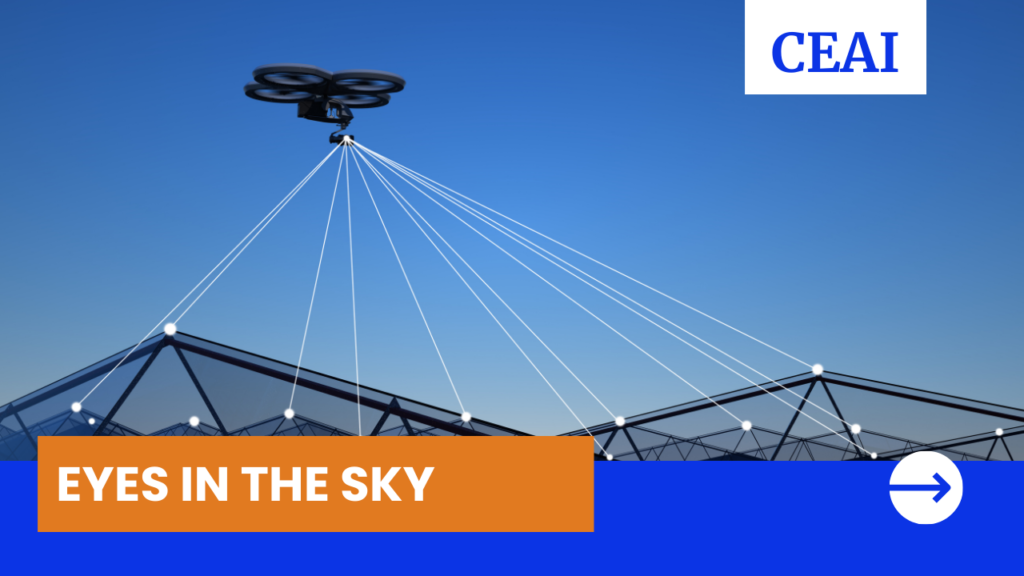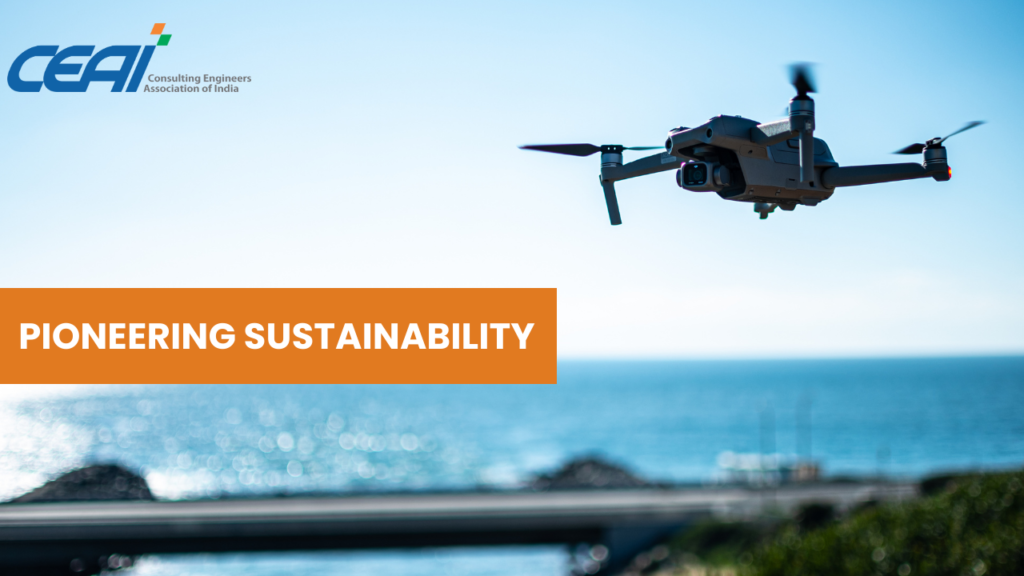
In the realm of civil engineering, drone technology is soaring to new heights, revolutionizing the way projects are conceived, executed, and managed. Drones, also known as Unmanned Aerial Vehicles (UAVs), are becoming indispensable tools for civil engineers. This blog delves into the myriad applications of drones in civil engineering, highlighting their transformative impact on the industry.
A Bird’s Eye View: Surveying and Mapping
Enhanced Surveying Capabilities
Traditionally, surveying large tracts of land required significant time and manpower. Drones have drastically improved this process by providing quick, accurate, and comprehensive aerial surveys. Equipped with high-resolution cameras and LiDAR sensors, drones can capture detailed topographic data in a fraction of the time taken by ground-based survey methods.
Precision and Accuracy
Drones offer unparalleled precision in data collection. With advanced GPS technology and sophisticated imaging software, they can produce highly accurate maps and 3D models. This precision is crucial for planning and design, ensuring that projects are based on reliable and detailed information.

Inspection and Monitoring: Eyes in the Sky
Real-Time Monitoring
One of the most significant advantages of drone technology is real-time monitoring. Drones can continuously capture live footage of construction sites, providing engineers and project managers with up-to-date information on project progress. This capability enhances decision-making, allowing for immediate adjustments to plans and processes.
Safety Inspections
Safety is paramount in civil engineering. Drones facilitate safer inspections of hazardous or hard-to-reach areas, such as tall structures, bridges, and deep excavations. By reducing the need for human presence in dangerous environments, drones help minimize the risk of accidents and injuries.
Improving Efficiency and Reducing Costs
Streamlined Operations
Drones streamline various operations, from surveying and inspection to monitoring and documentation. The efficiency gains from using drones translate into significant cost savings. Projects can be completed faster, with fewer resources, and with reduced reliance on traditional, labor-intensive methods.
Reducing Rework
Accurate data collection and real-time monitoring help identify potential issues early in the construction process. This proactive approach minimizes rework, which is often costly and time-consuming. By catching problems before they escalate, drones contribute to smoother project execution and better resource management.

Enhancing Environmental Sustainability
Minimizing Environmental Impact
Drones contribute to more sustainable engineering practices by minimizing environmental impact. Their ability to conduct detailed environmental assessments helps engineers design projects that are more in harmony with their surroundings. Drones can monitor environmental conditions, track changes, and ensure compliance with environmental regulations.
Efficient Resource Management
Efficient use of resources is a key aspect of sustainable engineering. Drones aid in optimizing material usage, reducing waste, and improving overall resource management. This efficiency supports sustainable construction practices, leading to greener and more eco-friendly projects.
Innovations and Future Prospects
Integrating AI and Machine Learning
The integration of Artificial Intelligence (AI) and Machine Learning (ML) with drone technology is opening up new possibilities. AI-driven drones can analyze data in real time, providing predictive insights and automating routine tasks. This synergy between AI and drone technology enhances the capabilities of civil engineering projects, making them more efficient and intelligent.
Beyond Visual Line of Sight (BVLOS)
Regulatory advancements are paving the way for Beyond Visual Line of Sight (BVLOS) operations. BVLOS enables drones to fly beyond the operator’s line of sight, covering larger areas and performing more complex tasks. This capability is particularly beneficial for large-scale infrastructure projects, where extensive monitoring and data collection are required.
Collaborative Ecosystem
The future of drone technology in civil engineering lies in building a collaborative ecosystem. Engineers, drone operators, data analysts, and regulatory bodies need to work together to maximize the potential of drones. Collaborative efforts will drive innovation, improve safety standards, and ensure the responsible use of drone technology.
Conclusion
The rise of drone technology in civil engineering marks a significant leap forward for the industry. Drones are transforming how projects are surveyed, monitored, and managed, offering unprecedented efficiency, accuracy, and safety. As technology continues to evolve, the integration of drones with AI and other advanced systems will further revolutionize civil engineering practices.
For civil engineers and consulting firms, embracing drone technology is no longer optional; it is essential for staying competitive and delivering high-quality, sustainable projects. The future of civil engineering is undoubtedly intertwined with the advancements in drone technology, promising a smarter, safer, and more efficient industry.
Drones are not just tools; they are game-changers, reshaping the landscape of civil engineering and paving the way for a new era of innovation and excellence.
